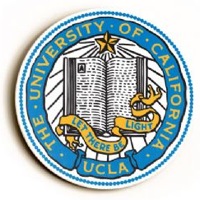Below is a summary of the abstract you submitted. Presenting author(s) is shown in bold.
If any changes need to be made, you can modify the abstract or change the authors.
You can also download a .docx version of this abstract.
If there are any problems, please email Dan at dar78@pitt.edu and he'll take care of them!
This abstract was last modified on March 31, 2025 at 10:40 p.m..

Staphylococcus aureus infections cause biofilm formation on medical implants and tissues which significantly complicates treatment. Biofilms are bacterial communities encased in an extracellular matrix, providing resistance to antibiotics and posing challenges in clinical settings. Bacteriophages (phages) are a potential alternative to antibiotics that have the ability to penetrate biofilms, lyse bacterial cells, and weaken biofilm matrices, making them promising candidates for biofilm control. To evaluate the effectiveness of the phage ElectricPheel in biofilm degradation, genetic and biofilm disruption assays were performed. This phage was collected from environmental soil samples and isolated with a series of plaque assays. ElectricPheel incubation with Arthrobacter species revealed that ElectricPheel has biofilm-disrupting properties. Genomic analysis assigned ElectricPheel to the AN cluster, and revealed the presence of an endolysin gene with known biofilm-disrupting properties. This endolysin gene was also found in phage Acai (cluster AU), suggesting that a common single gene and a biofilm disrupting phenotype can be shared between phages of dissimilar clusters. ElectricPheel’s and Acai’s endolysin proteins were structurally different, but had conserved domains. In summary, the results from our experiments show that ElectricPheel has the potential to disrupt biofilms in A. sp. Furthermore, the endolysin gene likely responsible for this has conserved domains between AN and AU clusters allowing it to perform similar functions. The data produced from the isolation and characterization of ElectricPheel can be used as a basis for designing therapeutic treatments for antibiotic-resistant biofilms from Staphylococcus aureus infections.
